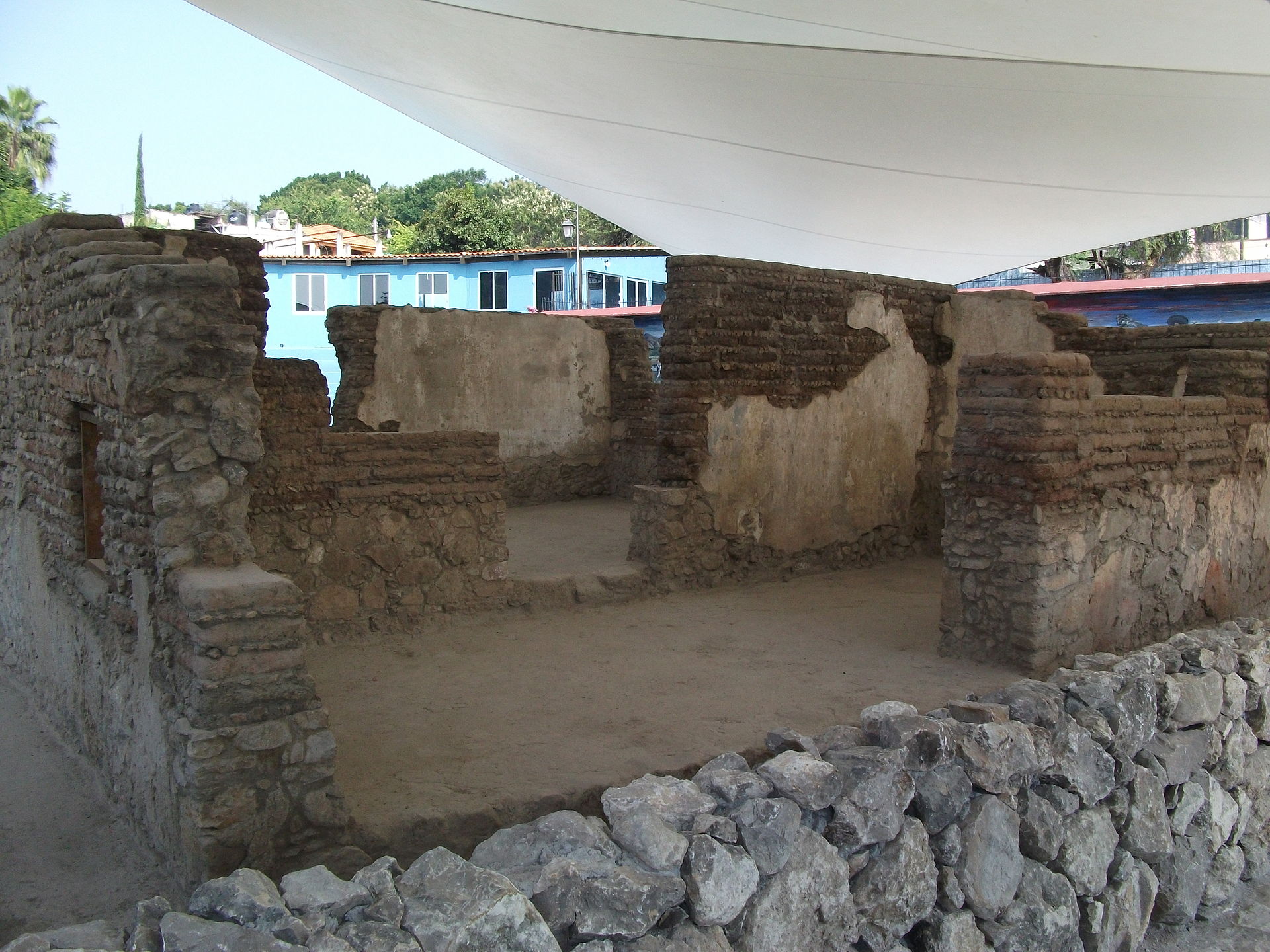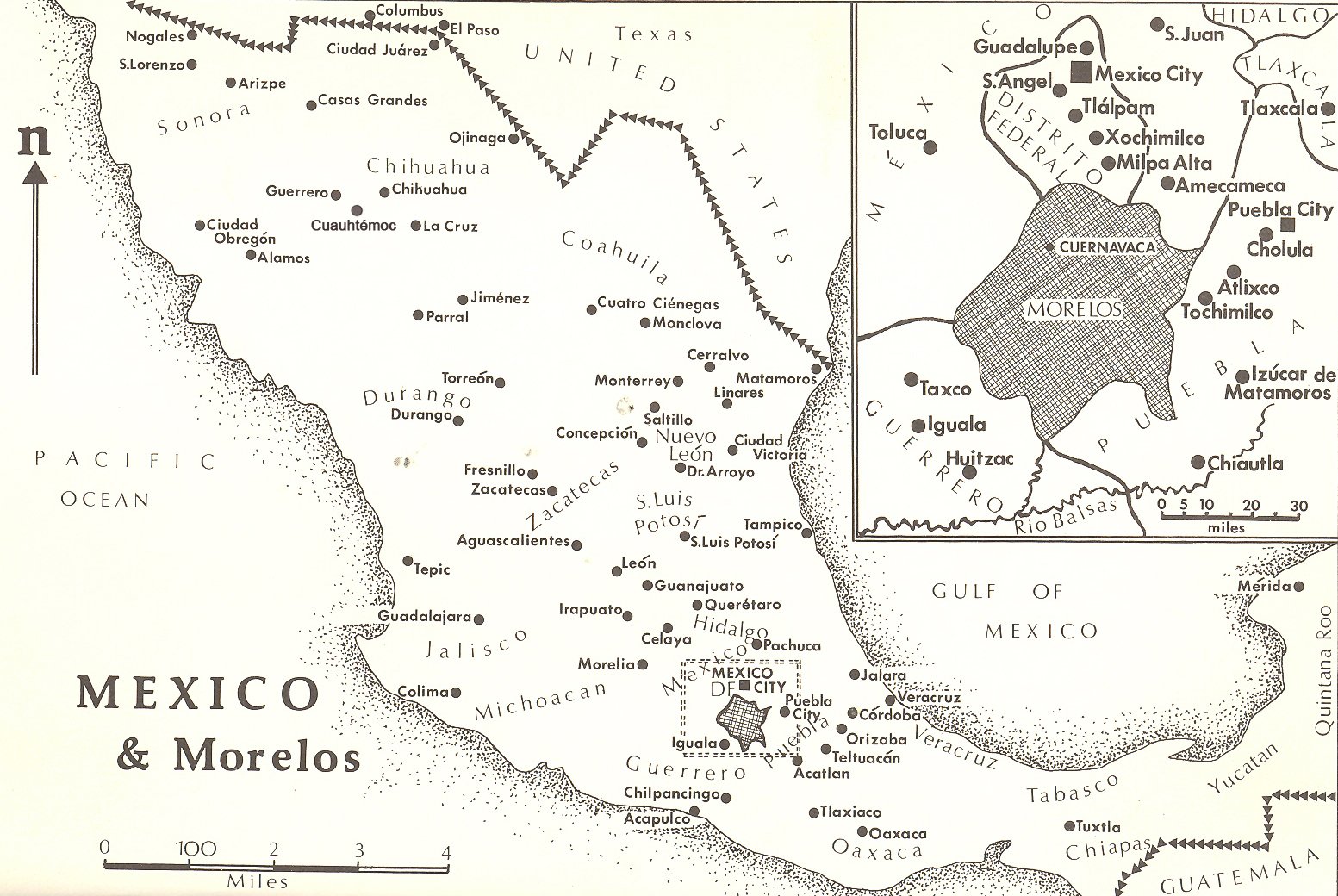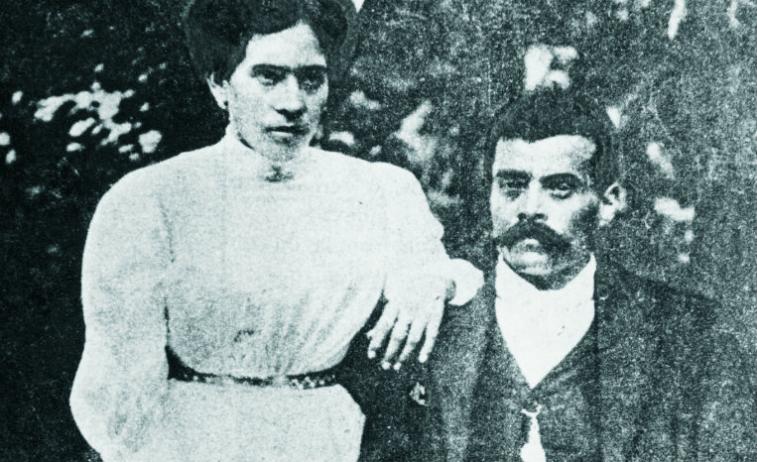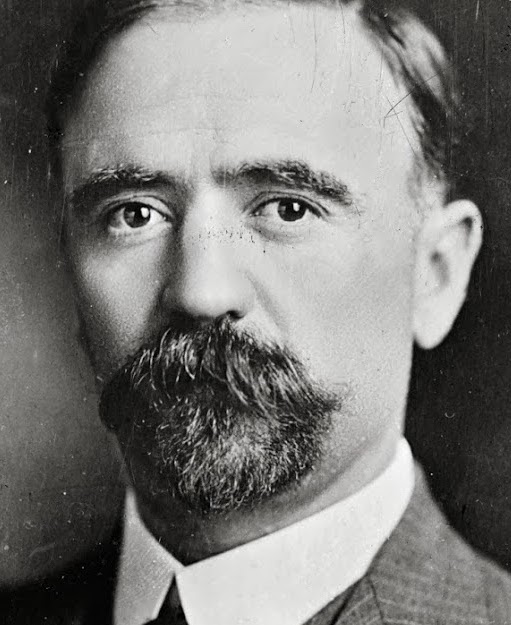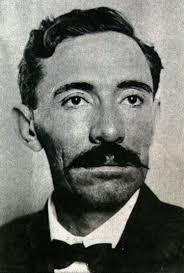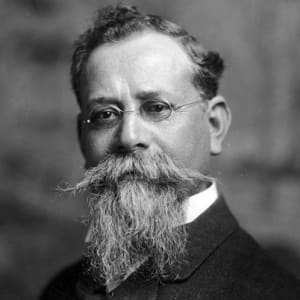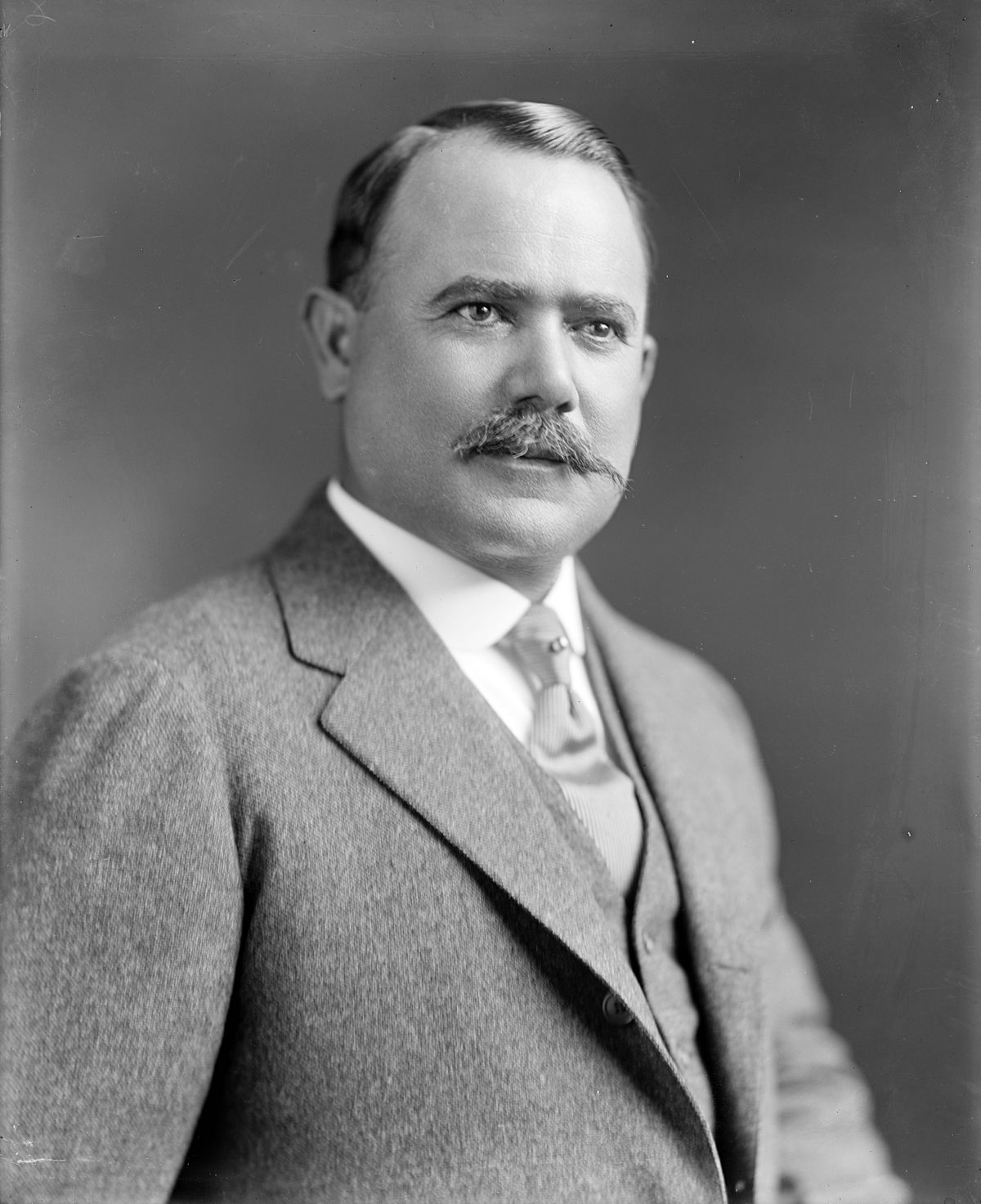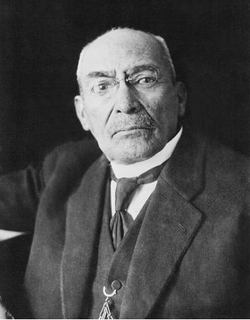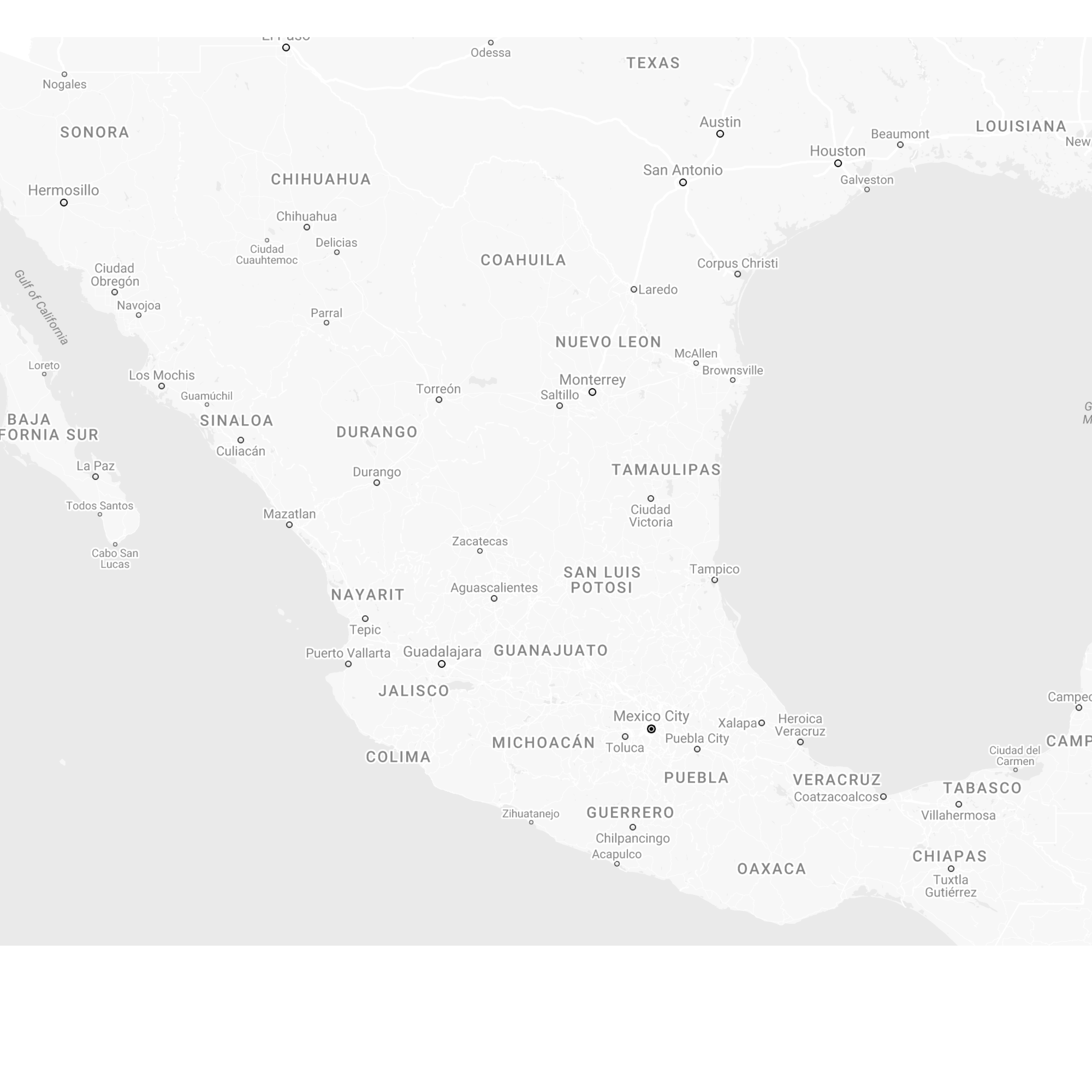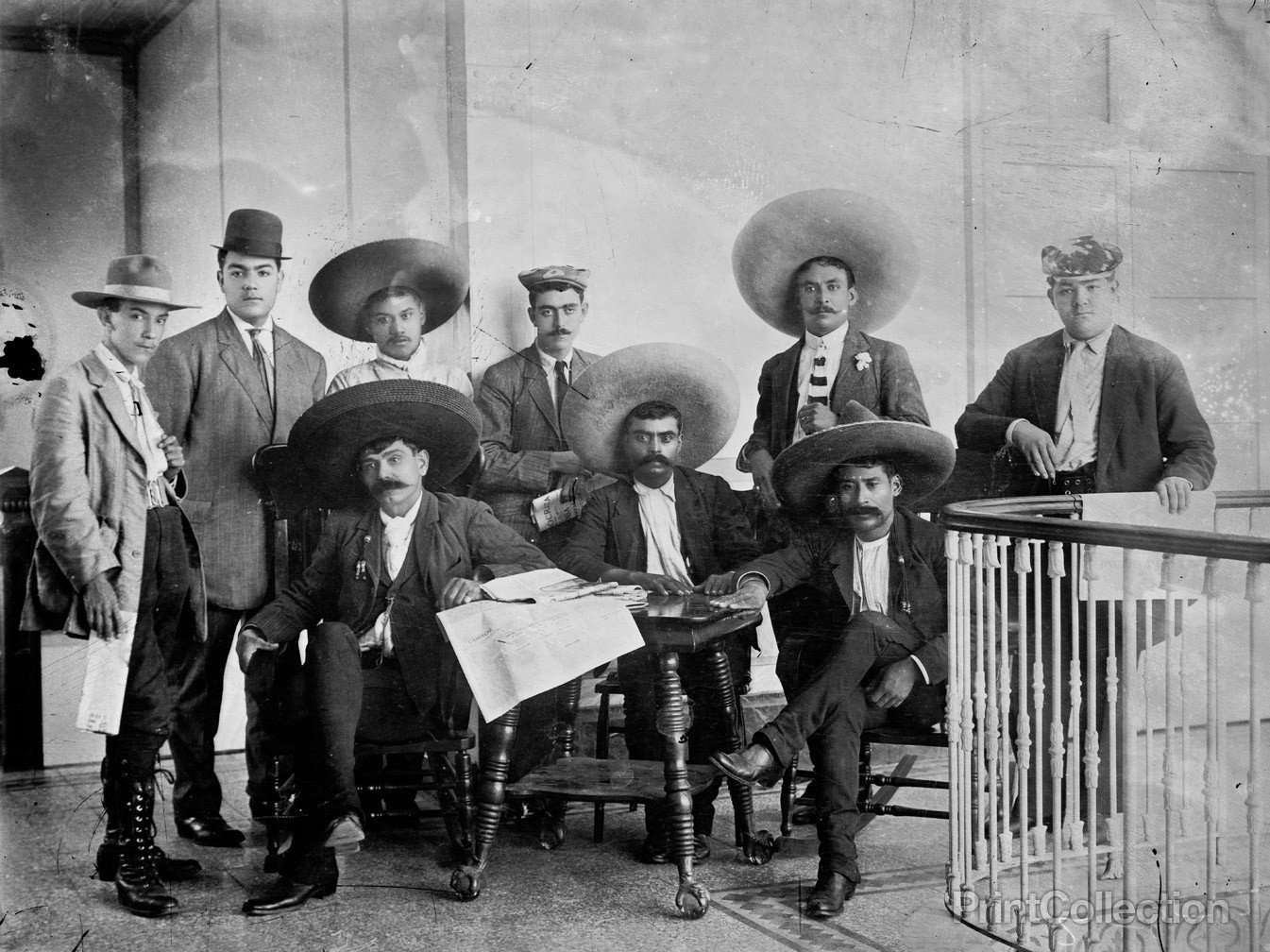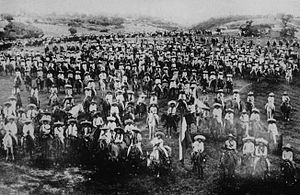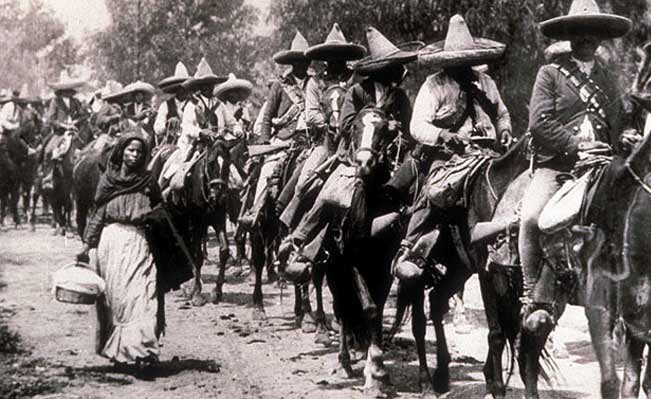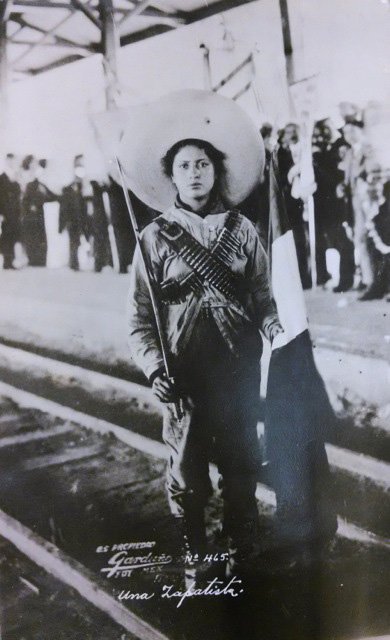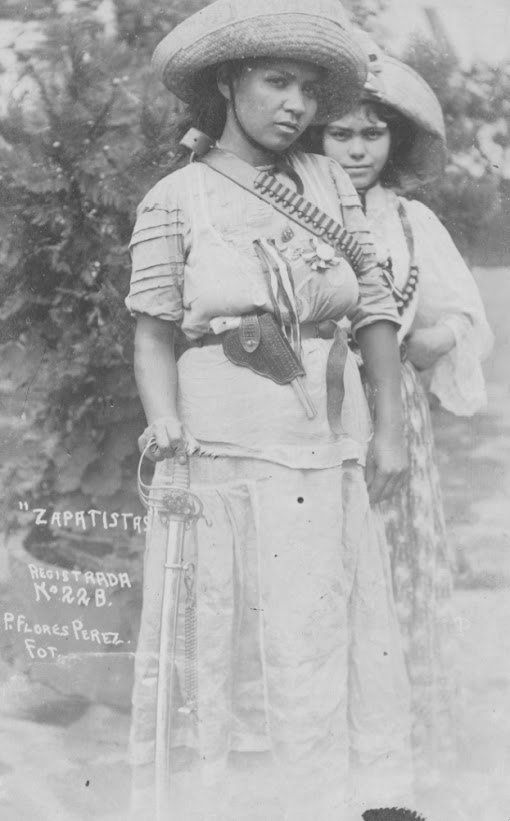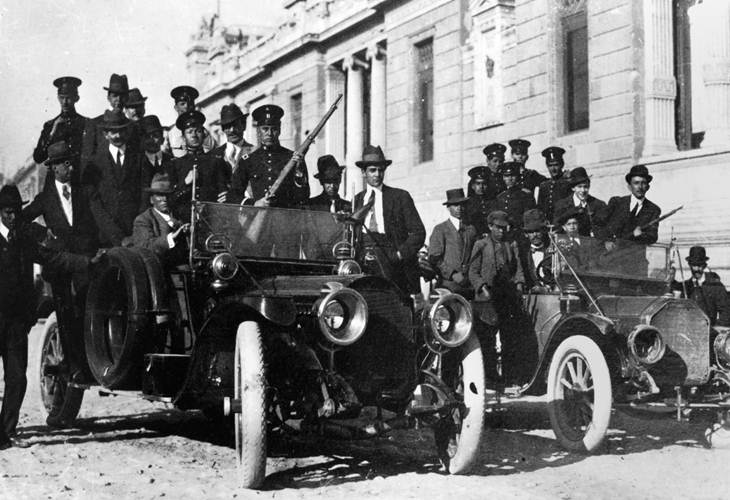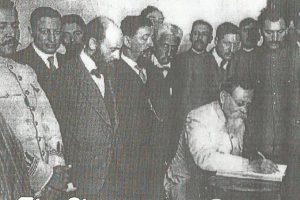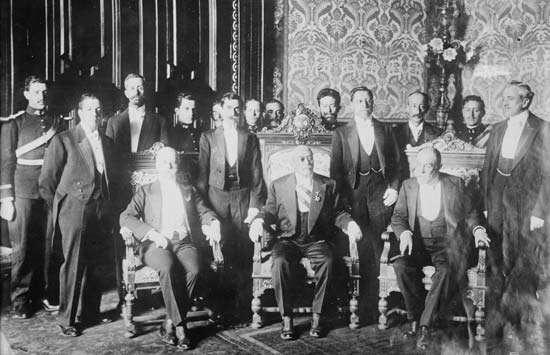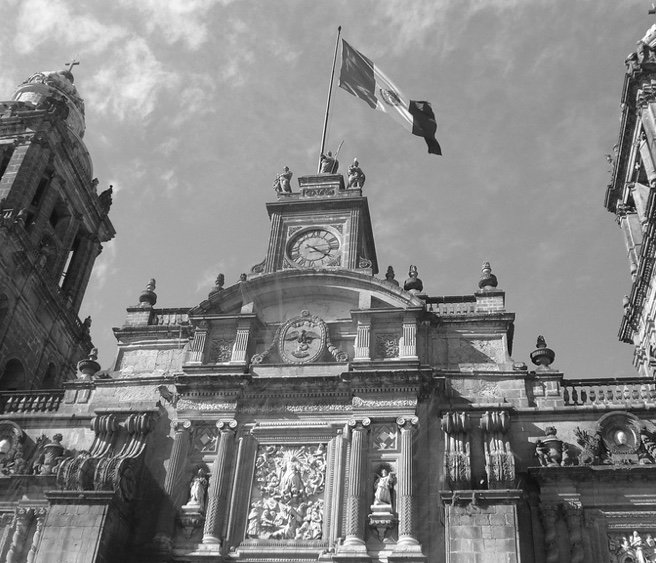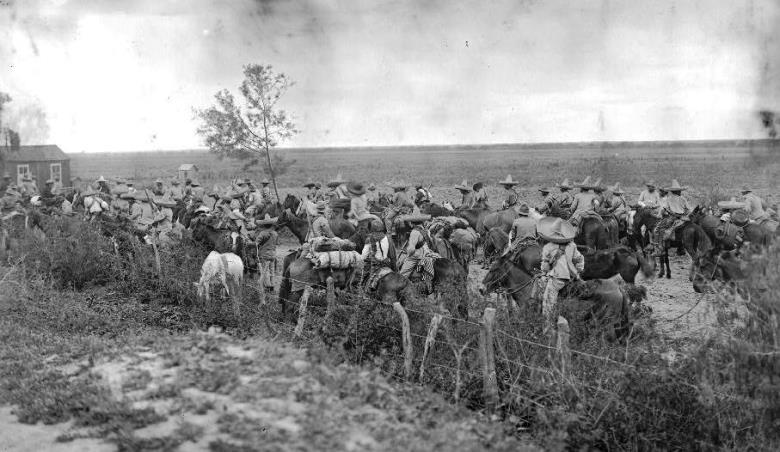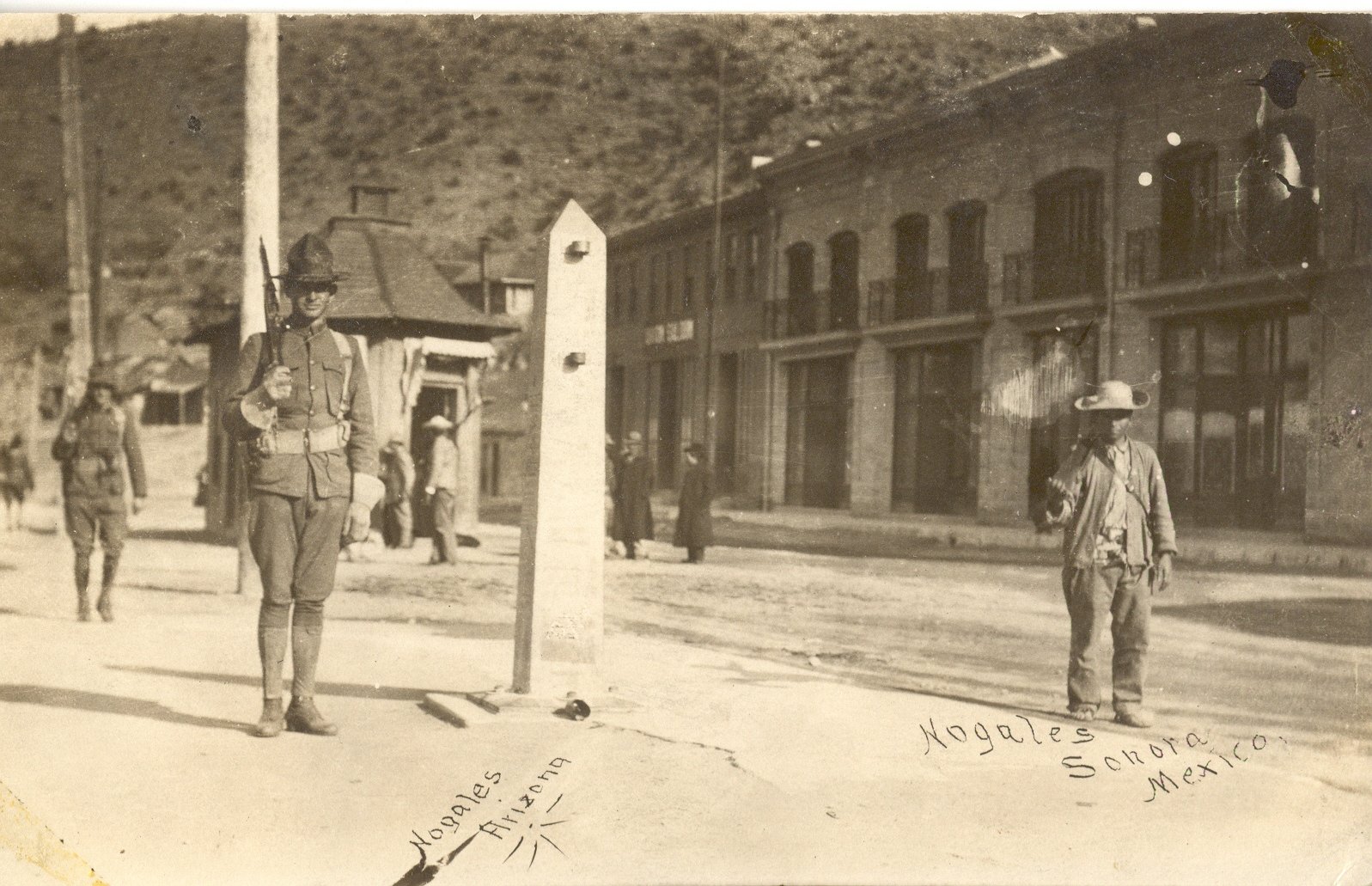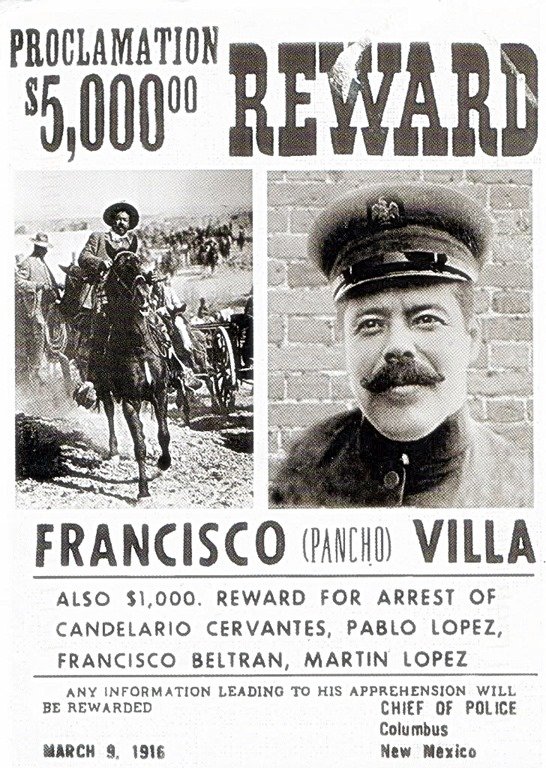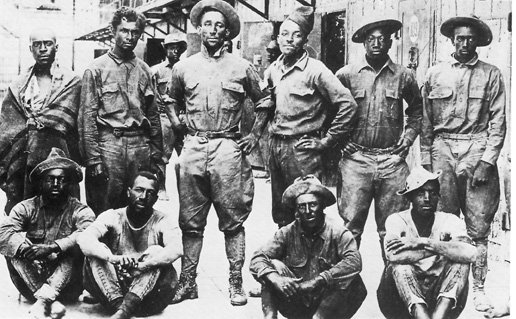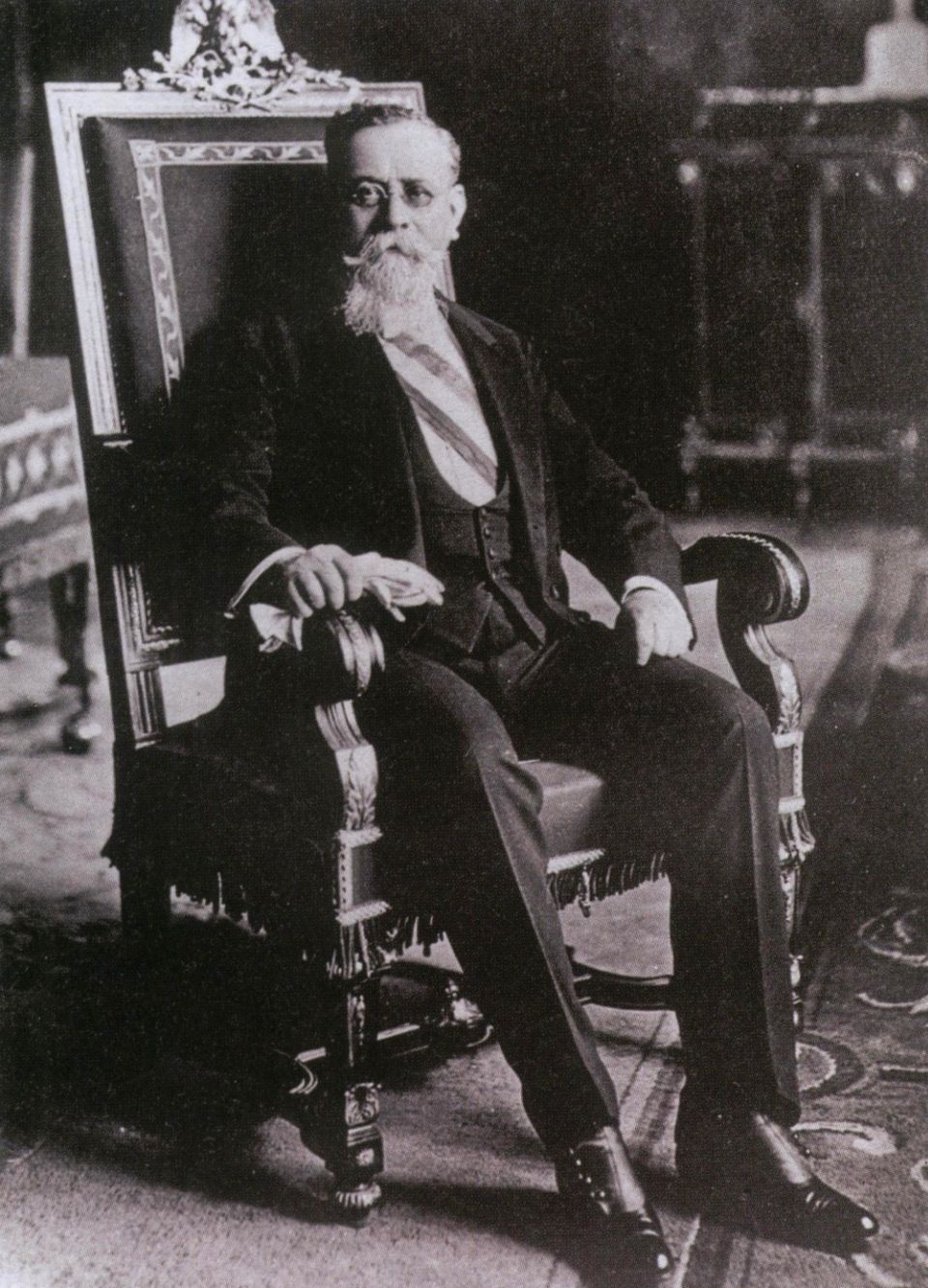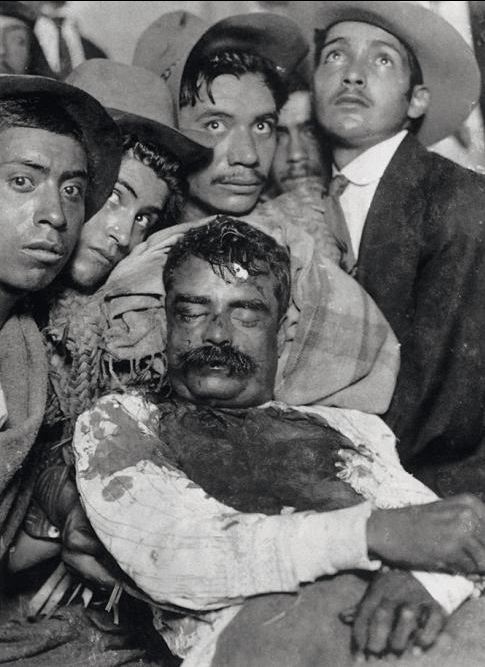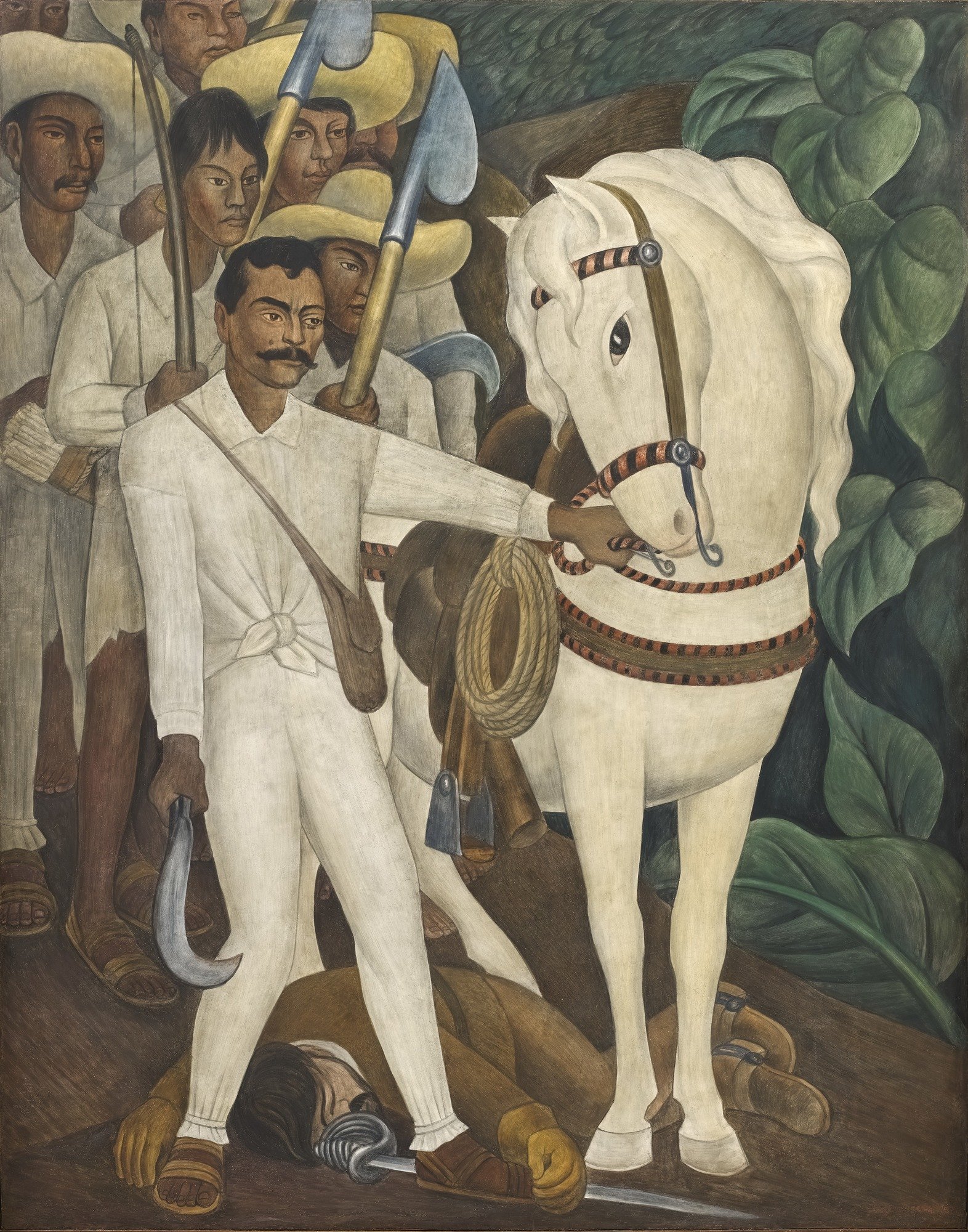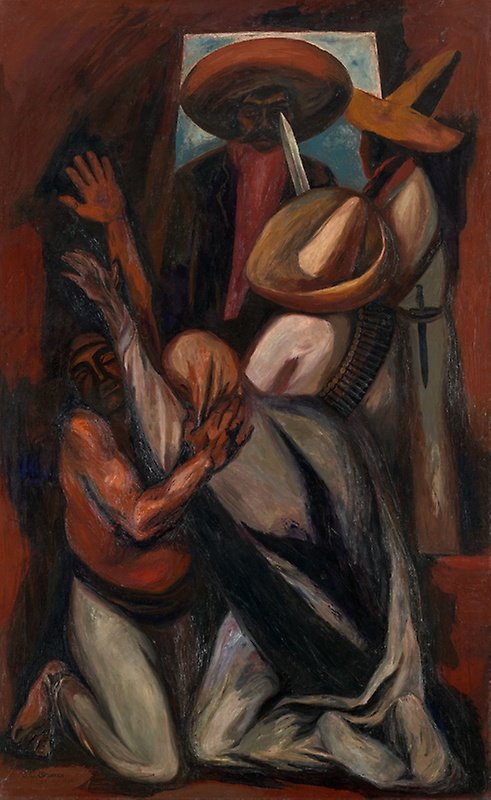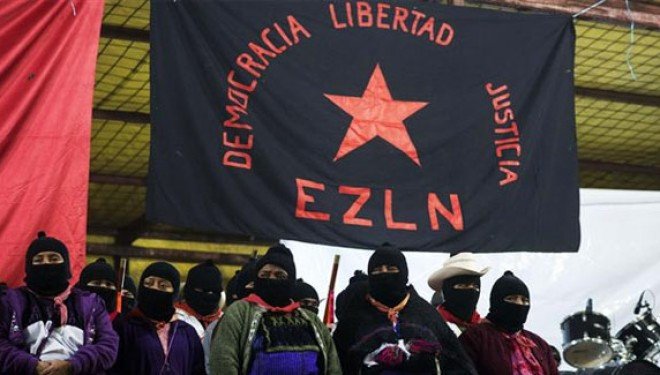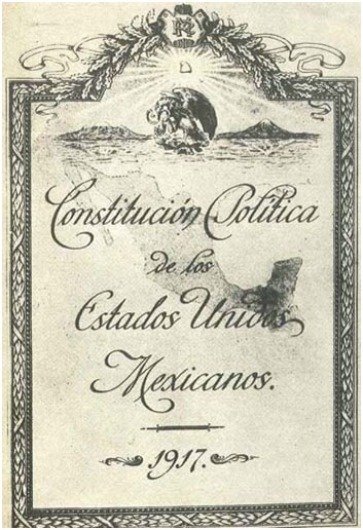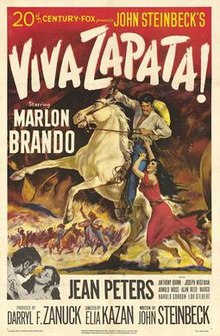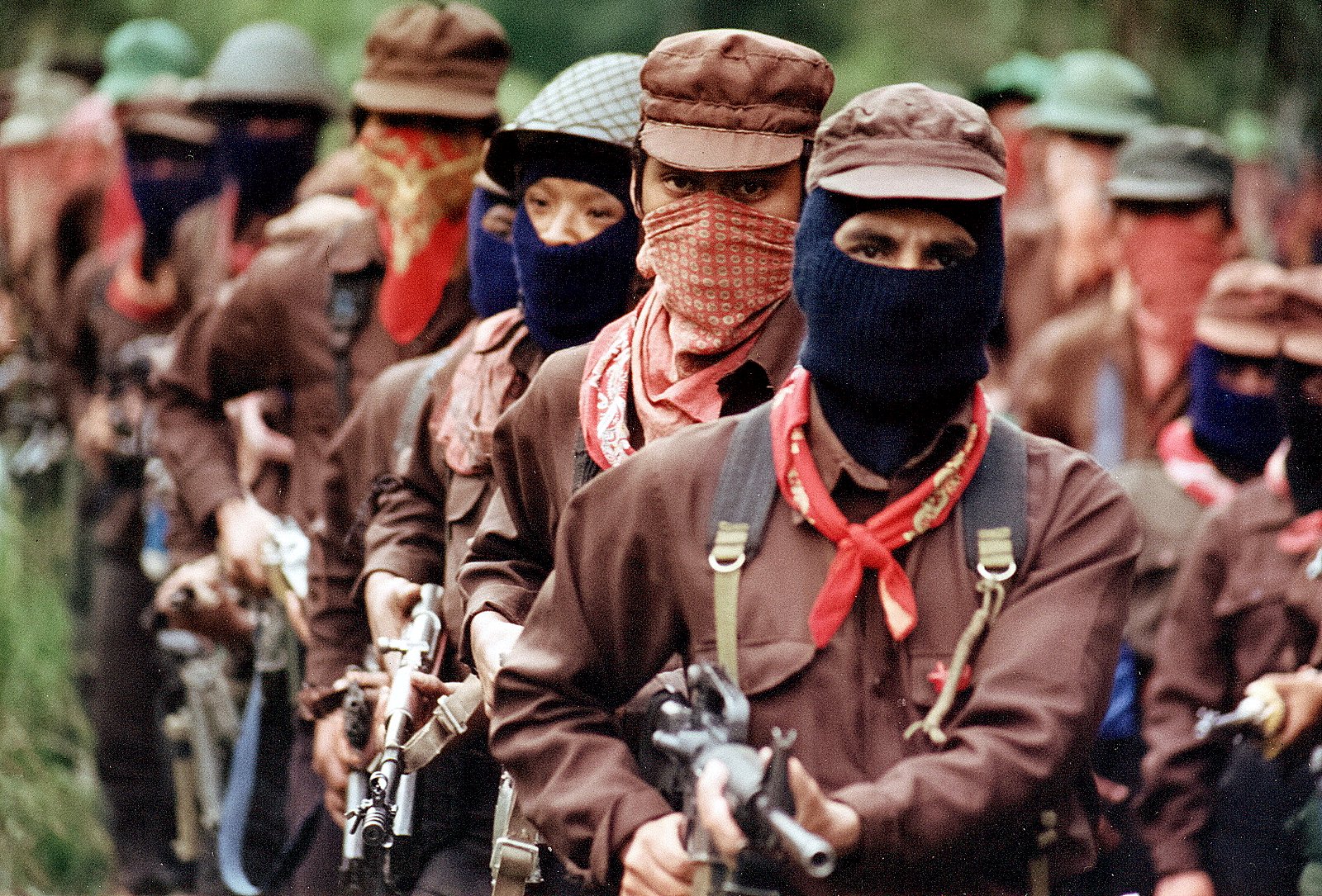background
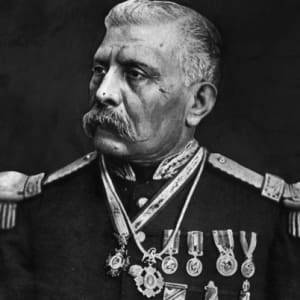
Porfirio Díaz
1830 -1915
Díaz assumed power in a 1876 coup and would hold the presidency twice over thirty years, a period known as the Porfiriato. He promoted a message of modernization through his slogan, “Order, Liberty, and Progress”, but the economic benefits of industrialization went almost exclusively toward politicians, rich landowners, and foreign capital, while the rural poor suffered.
one
corruption
Díaz repeatedly violated the principles of the constitution of 1857, courting foreign interests, jailing political opponents, restricting civil liberties, repressing labor movements, and censoring the press. Though he held elections to have a semblance of democracy, in reality the elections only installed candidates who were favorable to himself.
two
stolen land
Under Díaz, Mexico built over 25,000 miles of railroad, spurring a land grab in rural areas as well as limiting access to plains and marshes which villagers had traditionally relied on for fish and game. Encouraged by Díaz, Mexico’s wealthy came to own 85% of the land, most of which had been stolen from villagers.
three
work conditions
Laborers worked twelve hour shifts, seven days of the week. They received no pension or compensation or accidents occurring on the job. Most would return home to unsanitary houses and miserable diets. Workers could expect to live 30 years on average.
It was to these poor conditions that Emiliano Zapata Salazar was born on August 8, 1879.
